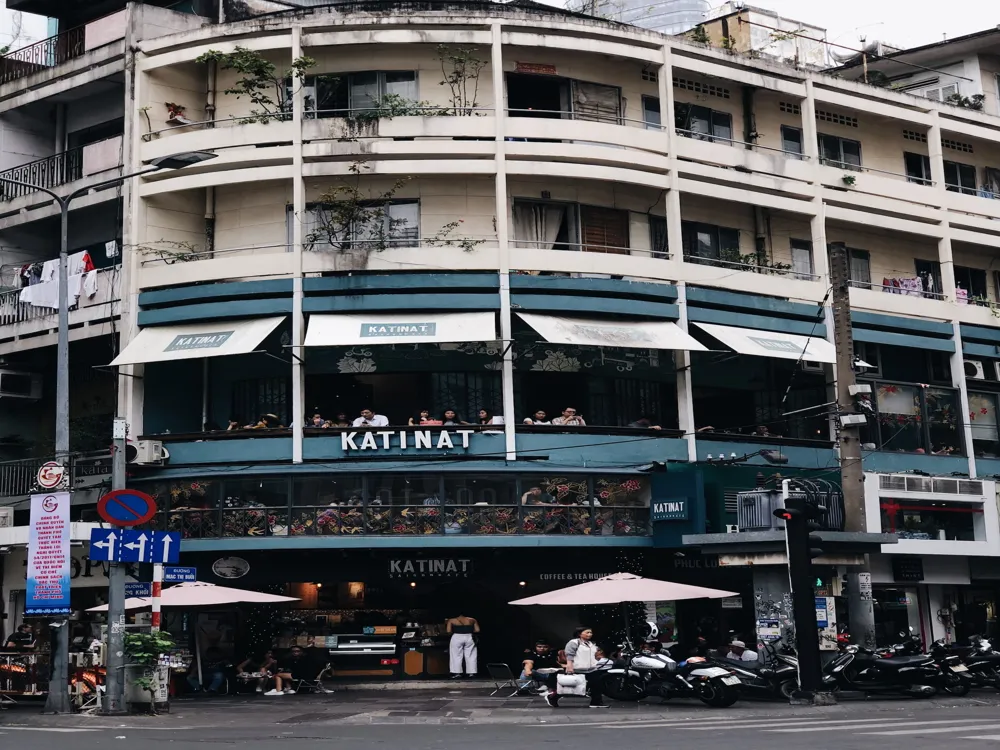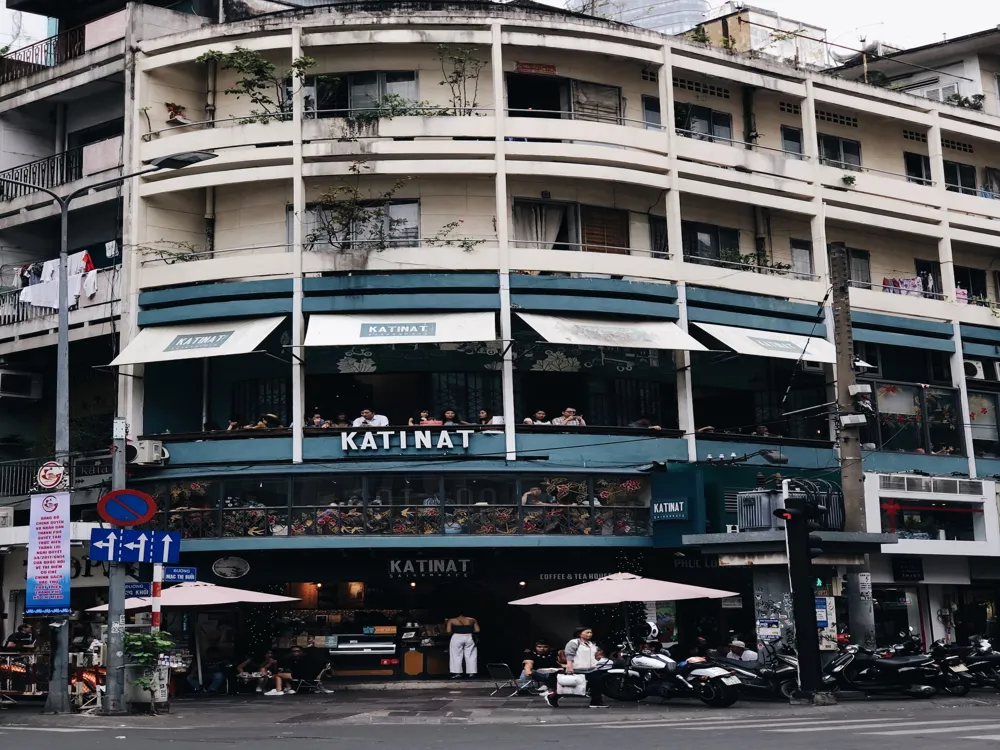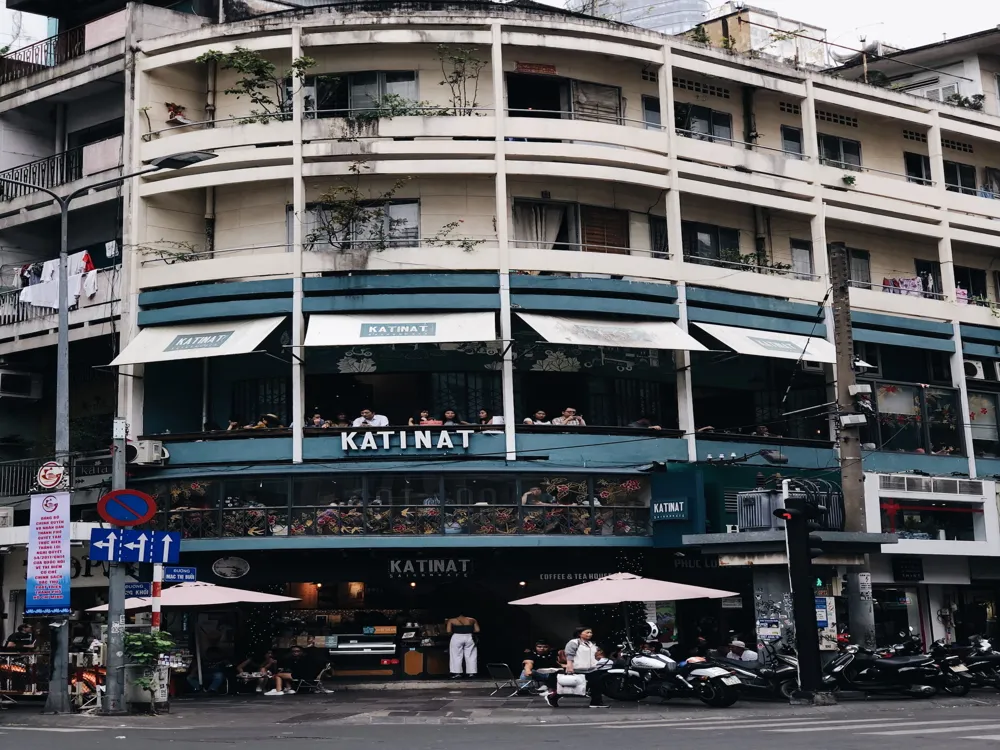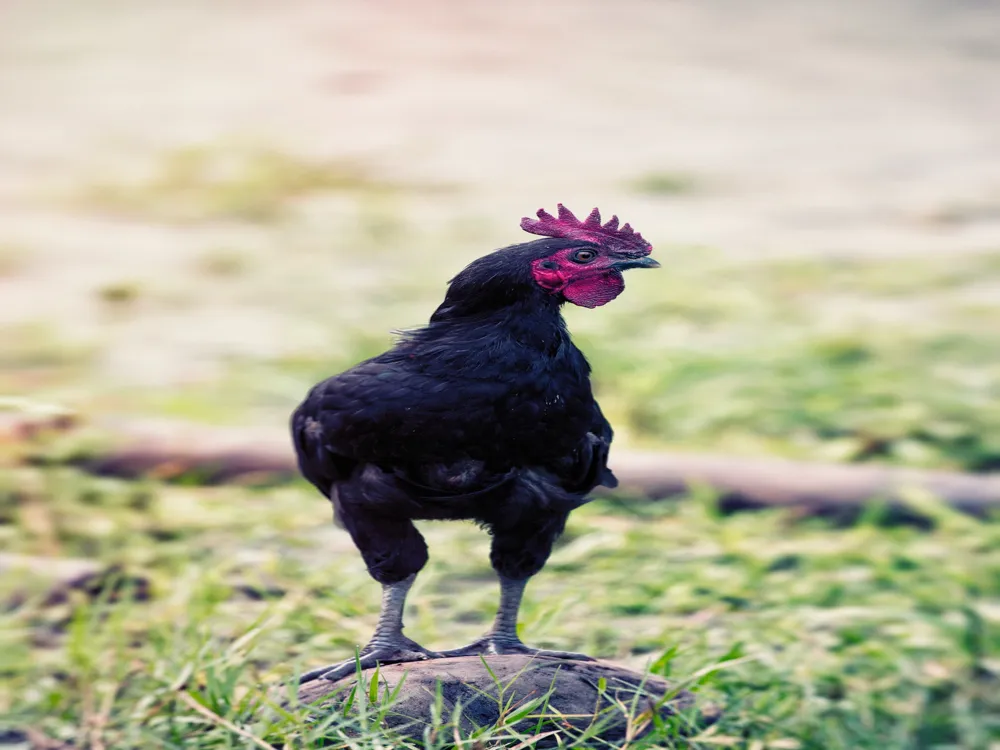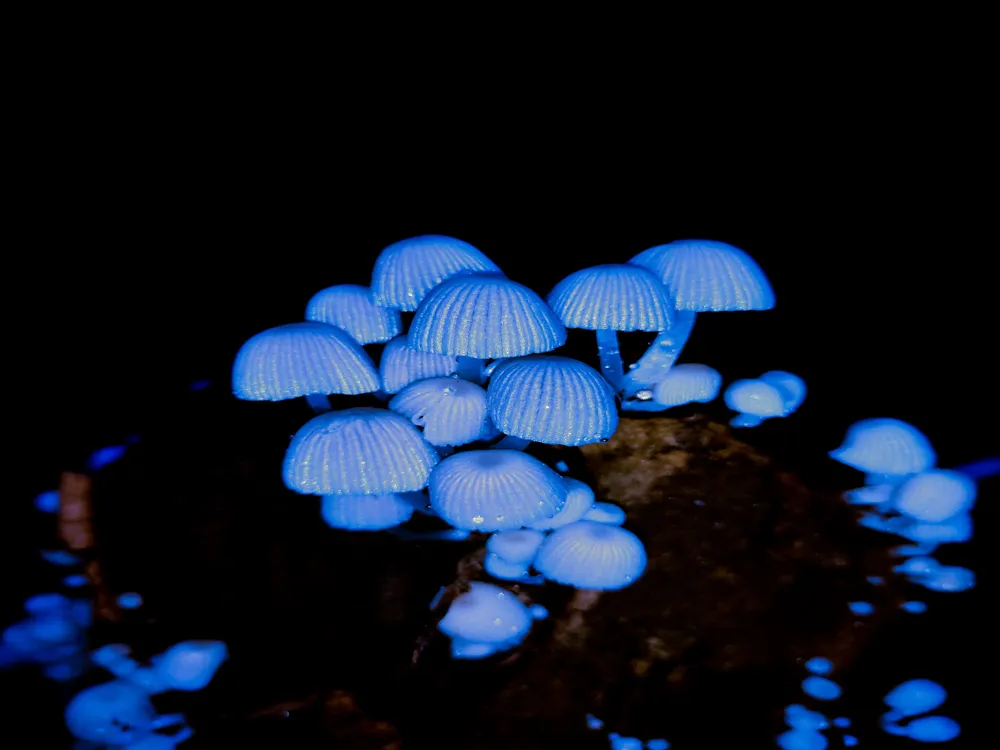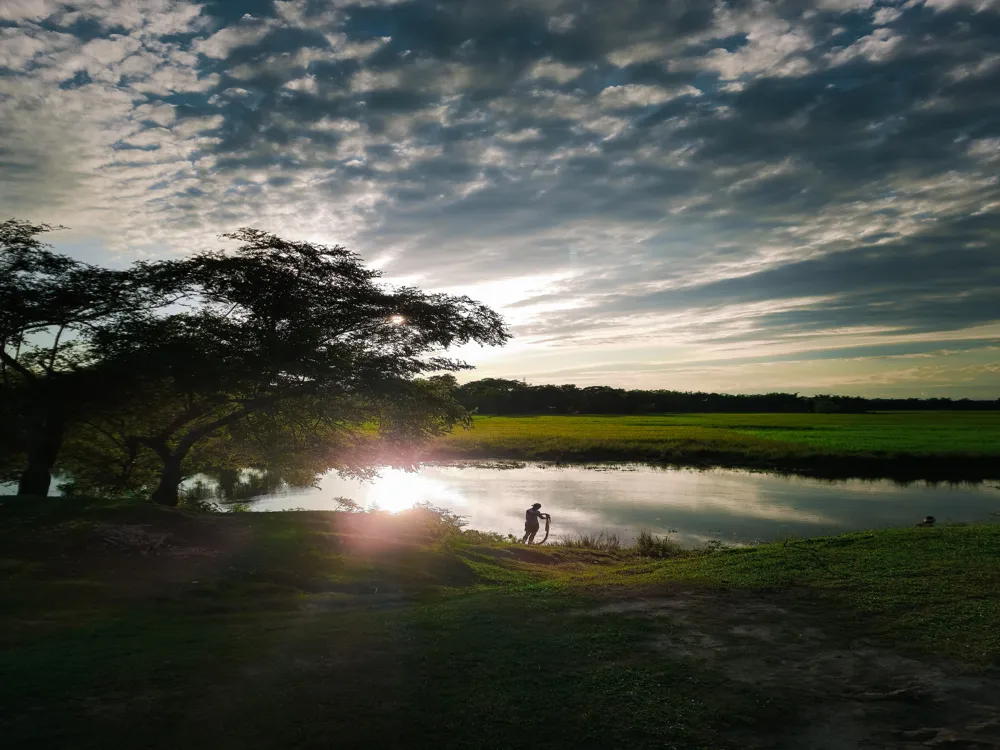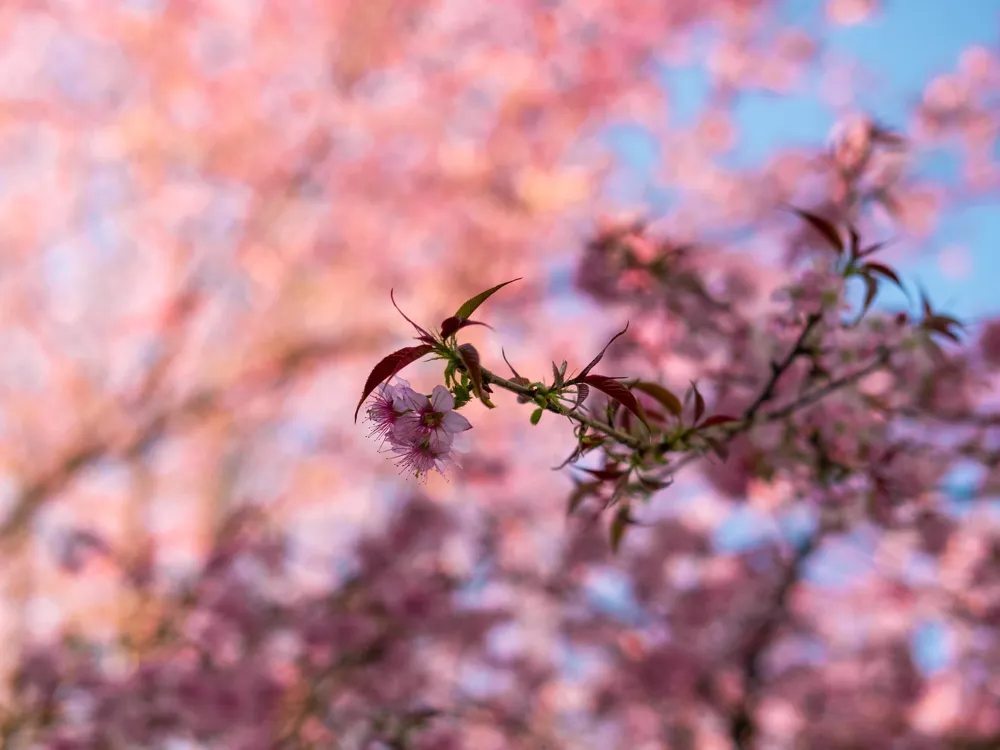Located in the heart of Majuli, the largest river island in the world, Auniati Satra stands as a beacon of Assamese culture and spirituality. Established in 1653 AD by Ahom King Jayadhwaj Singha, this revered Vaishnavite monastery is not just a religious center but also a hub for preserving the art, culture, and literature of Assam. The Satra, or monastery, is known for its devotion to Lord Krishna and has a significant following among the Assamese Vaishnavite community. Auniati Satra's historical significance is immense. It has been a center of cultural and religious activities for over three centuries, playing a crucial role in the spread of the Vaishnavite movement in Assam. The Satra's role in preserving ancient manuscripts, performing arts like Sattriya dance, and traditional Assamese music is unparalleled. It's a living museum that showcases the richness of Assamese culture and tradition. The daily life in Auniati Satra is a blend of devotion and cultural preservation. The Bhakats (monks) engage in daily prayers, discourses on the Bhagavata Purana, and perform Sattriya dance and drama based on mythological stories. The Satra is not just a spiritual retreat but also a center for learning and cultural exchange, attracting scholars, devotees, and tourists from across the globe. The architecture of Auniati Satra is a splendid example of Assamese craftsmanship. The main temple, or Kirtanghar, is an architectural marvel, displaying exquisite woodwork and intricate carvings. The structure stands on high pillars, symbolizing resilience against the annual floods in Majuli. The temple's design reflects the traditional Assamese style with a mix of local and tribal influences, which is evident in its sloping roofs, wooden beams, and ornamental designs. Adjacent to the Kirtanghar is the Namghar, a place for congregational worship. It's simpler in design but equally important, serving as the heart of the Satra where devotees gather for prayers and religious discourses. The walls of the Namghar are adorned with paintings depicting scenes from the life of Lord Krishna, blending religious significance with artistic beauty. The living quarters for the Bhakats, known as Hatis, are arranged around the temple and Namghar, creating a sense of community and shared purpose. The use of locally sourced materials like bamboo, wood, and thatch in the construction of these quarters highlights the Satra's harmony with its natural surroundings. One of the most striking features of Auniati Satra's architecture is its adaptability to the region's challenging climatic conditions. The elevated structures, use of sturdy but flexible materials, and strategic positioning of the buildings demonstrate a deep understanding of the local environment and a commitment to sustainability. Visitors should dress modestly and behave respectfully within the Satra premises. It's important to adhere to the local customs and participate in rituals with sincerity if you choose to do so. The ideal time to visit Auniati Satra is between November and March, when the weather is pleasant. Avoid the monsoon season, as Majuli experiences heavy flooding. While photography is allowed, it's advisable to seek permission before taking pictures of the monks or inside the prayer halls. Be mindful of the sanctity of the place while capturing its beauty. Try the local Assamese cuisine in nearby eateries. Accommodation options range from guest houses to traditional bamboo cottages, offering a complete cultural experience. Engage with the monks and local people to learn more about the Satra's history and traditions. They are usually friendly and happy to share stories and information. To reach Auniati Satra, the nearest airport is Jorhat Airport, from where you can hire a taxi to Nimatighat. From Nimatighat, take a ferry to Majuli. Once in Majuli, local transportation like buses, taxis, or rented bicycles can be used to reach Auniati Satra. The journey to the Satra is as picturesque as the destination itself, offering views of the Brahmaputra River and lush green landscapes. Read MoreOverview of Auniati Satra in Majuli, Assam
The Architecture of Auniati Satra
Tips When Visiting Auniati Satra
Respect Local Customs and Traditions
Best Time to Visit
Photography Guidelines
Local Cuisine and Accommodation
Interacting with Monks and Locals
How To Reach Auniati Satra
Majuli Tourism
Best Time to Visit Majuli
How to Reach Majuli
Things To Do Majuli
Auniati Satra
Majuli
Assam
NaN onwards
View majuli Packages
Majuli Travel Packages
View All Packages For Majuli
Top Hotel Collections for Majuli

Private Pool

Luxury Hotels

5-Star Hotels

Pet Friendly
Top Hotels Near Majuli
Other Top Ranking Places In Majuli
View All Places To Visit In majuli
View majuli Packages
Majuli Travel Packages
View All Packages For Majuli
Top Hotel Collections for Majuli

Private Pool

Luxury Hotels

5-Star Hotels

Pet Friendly




